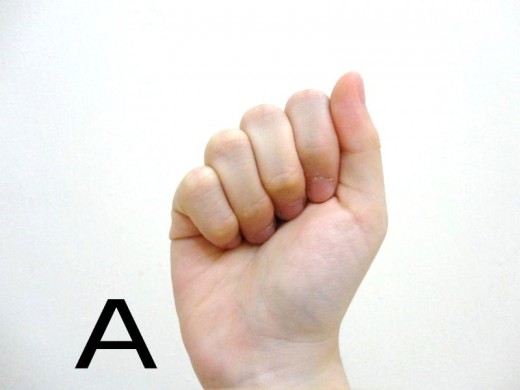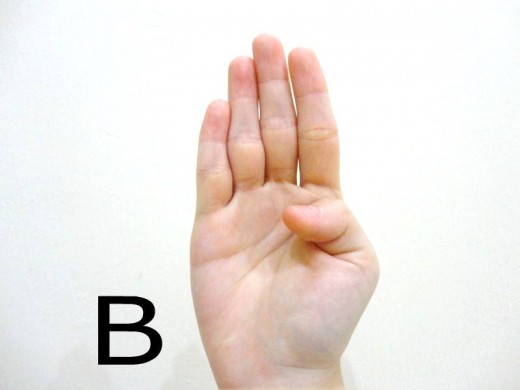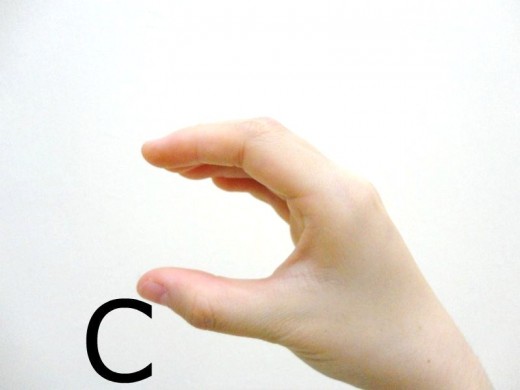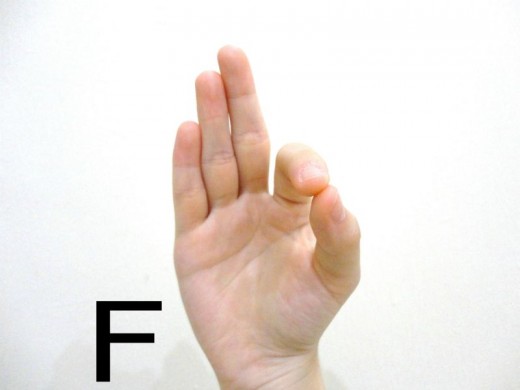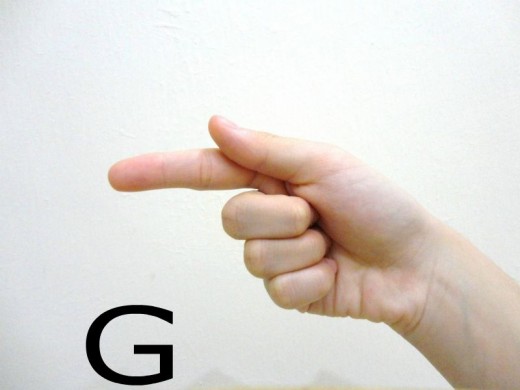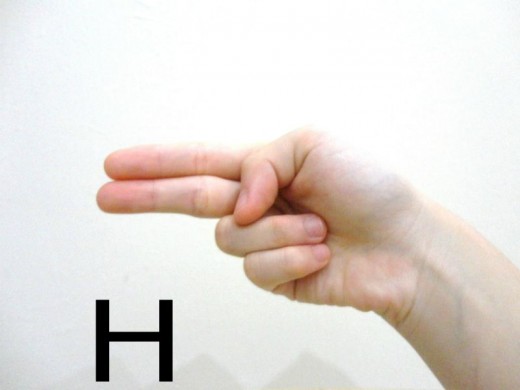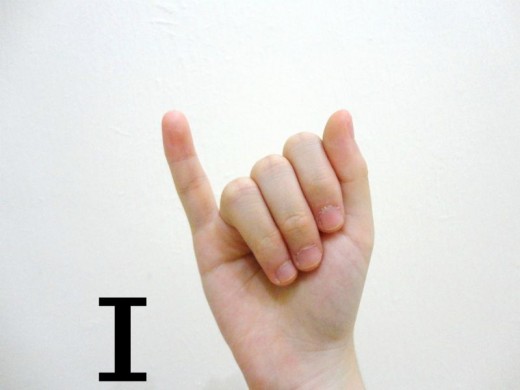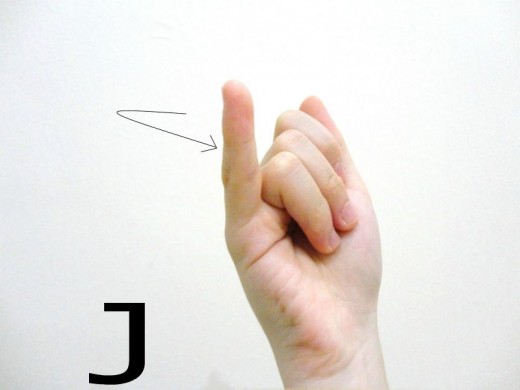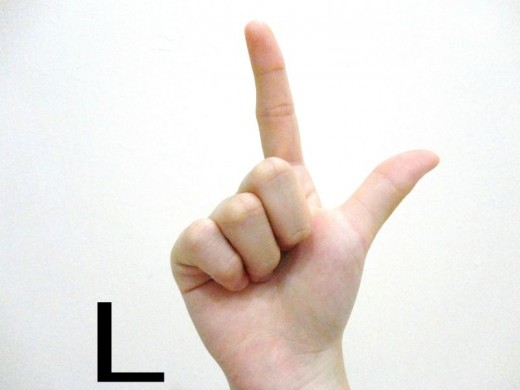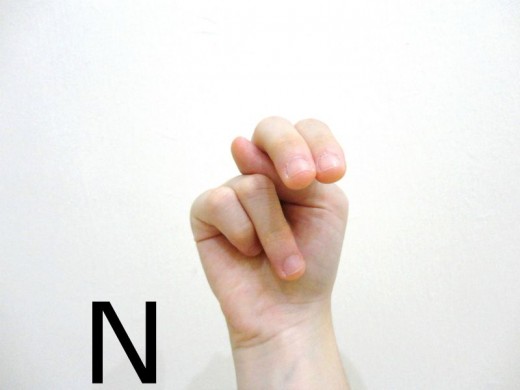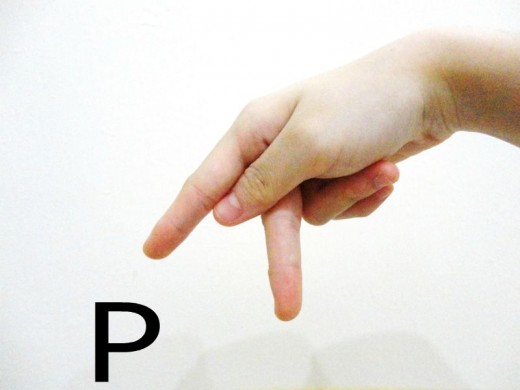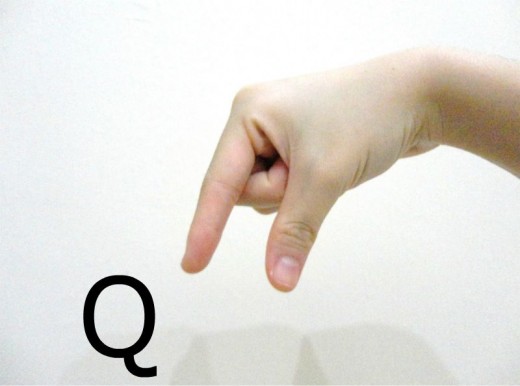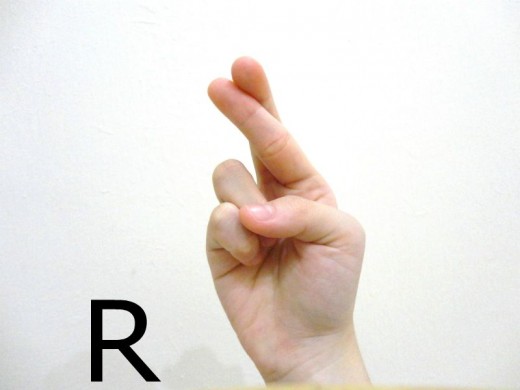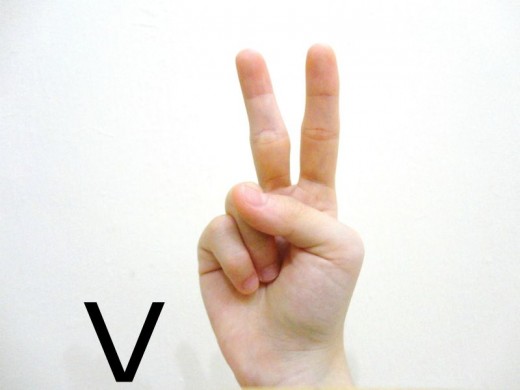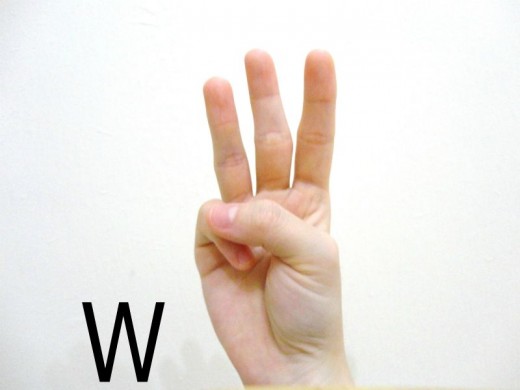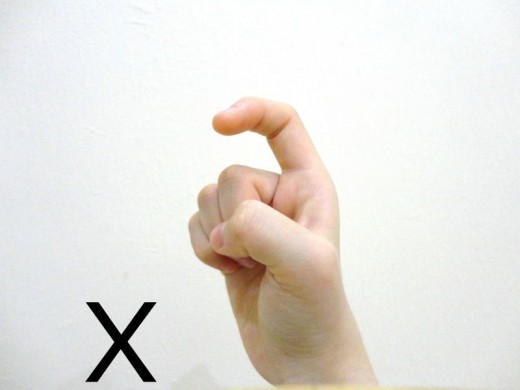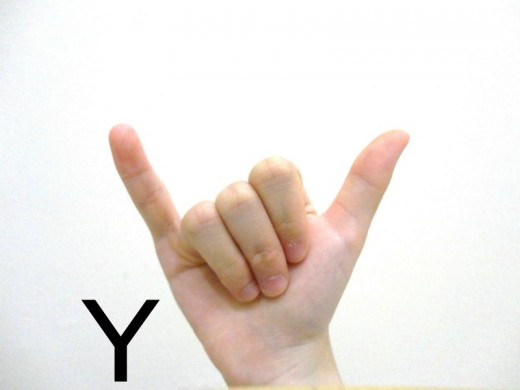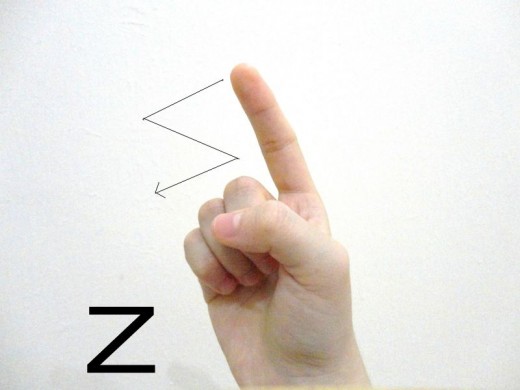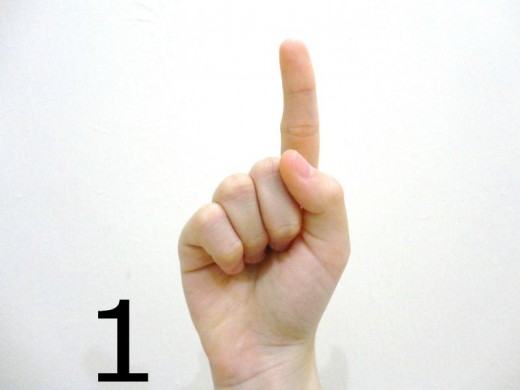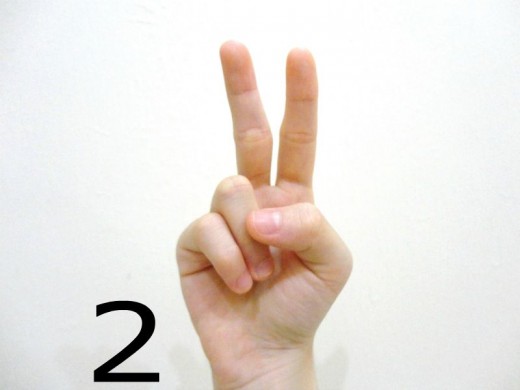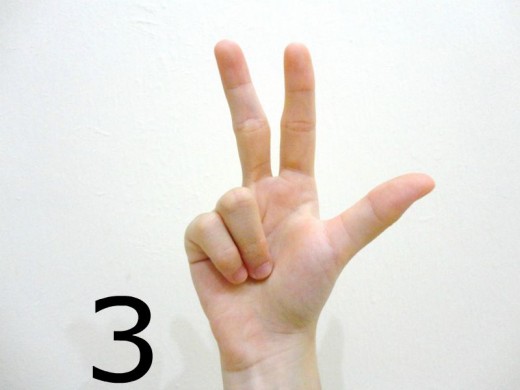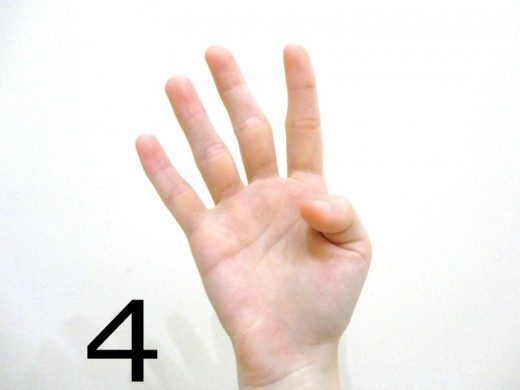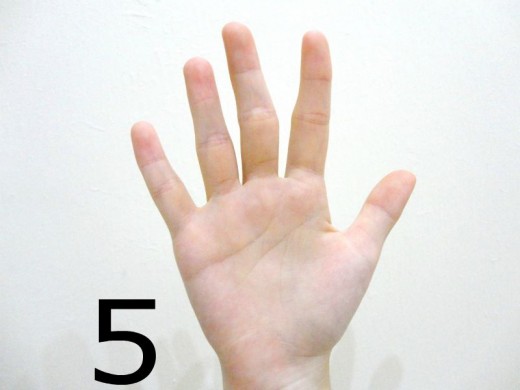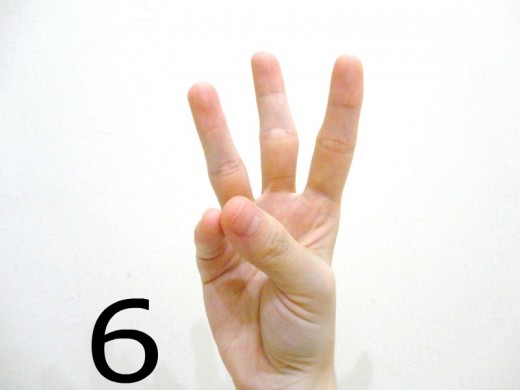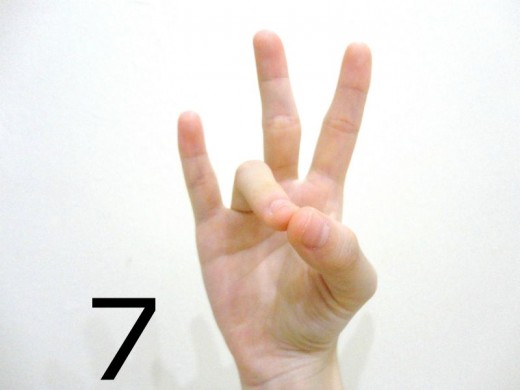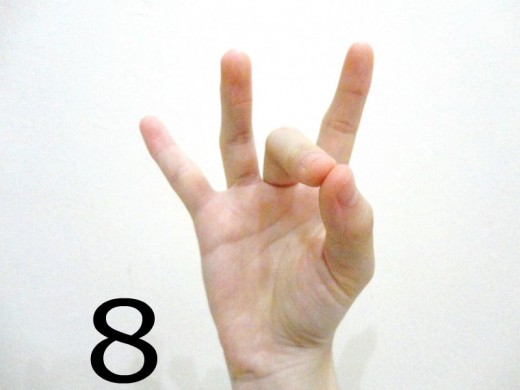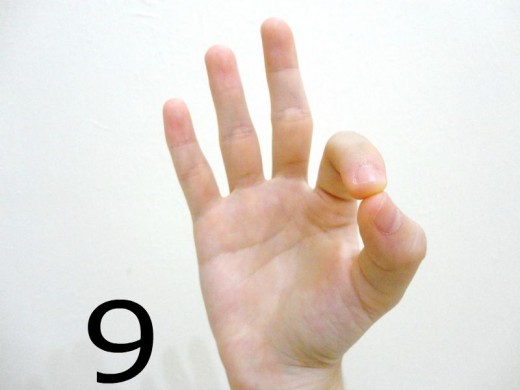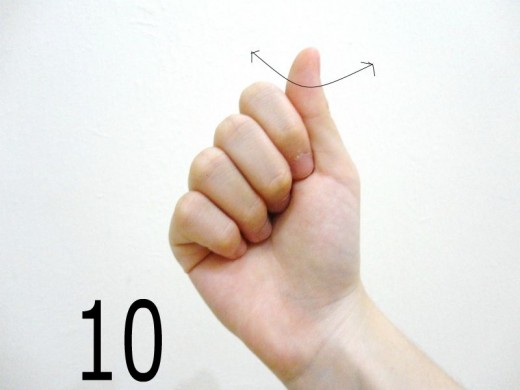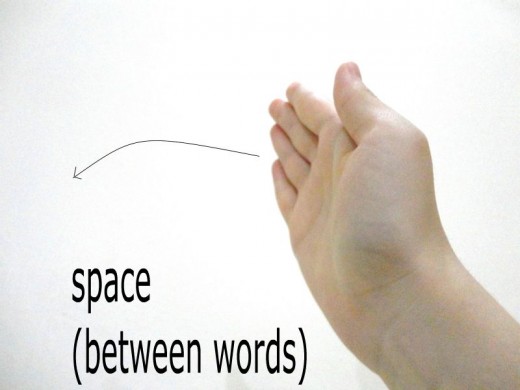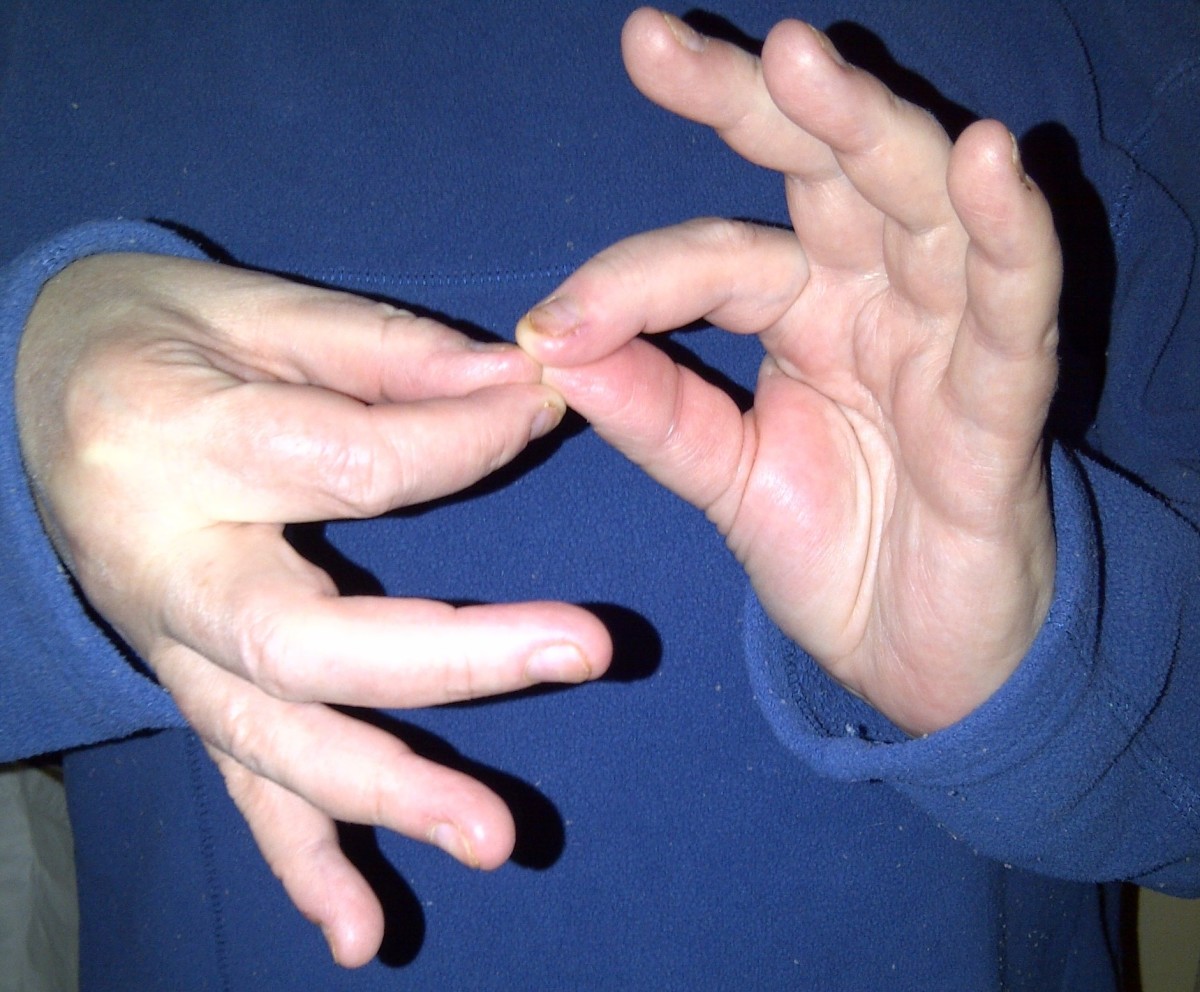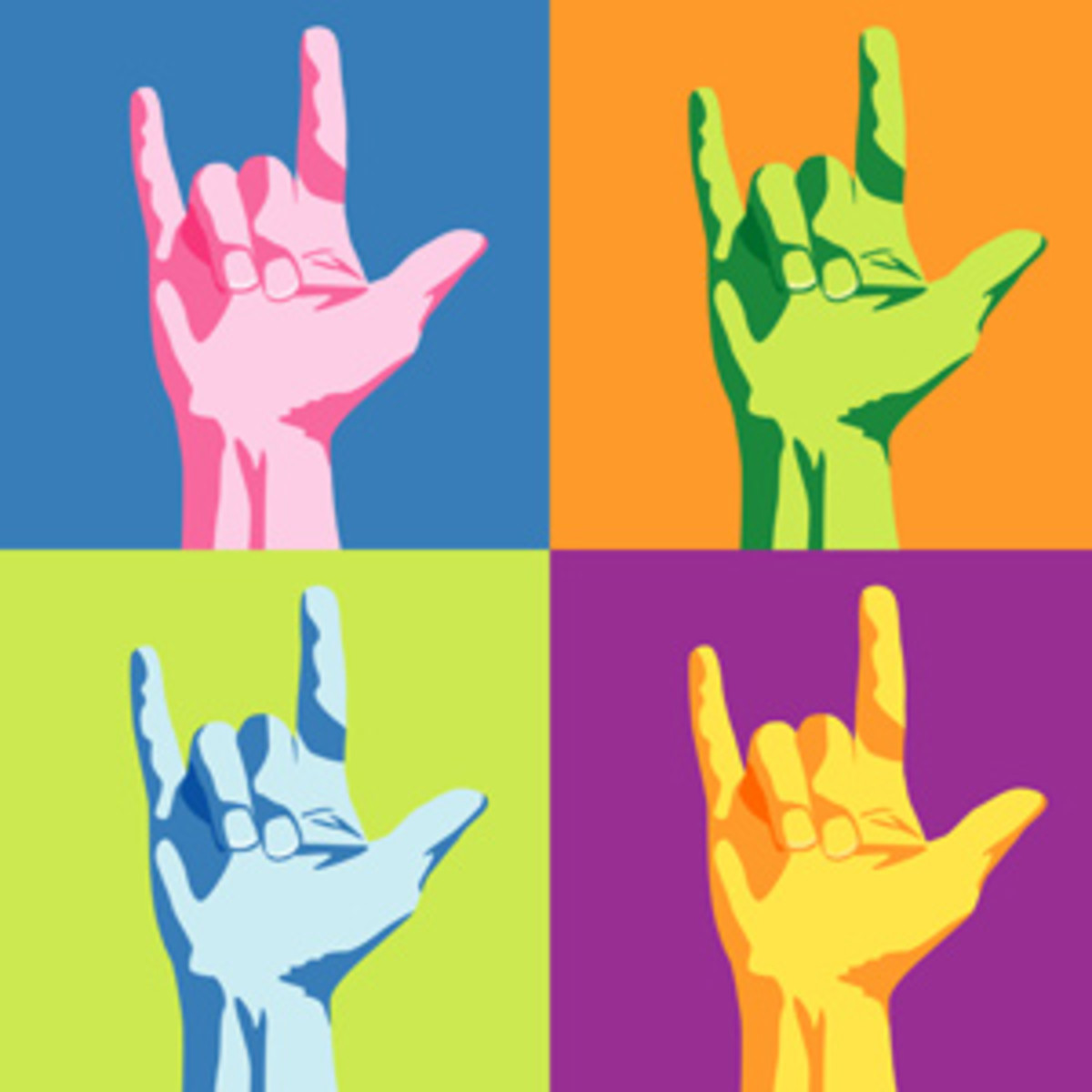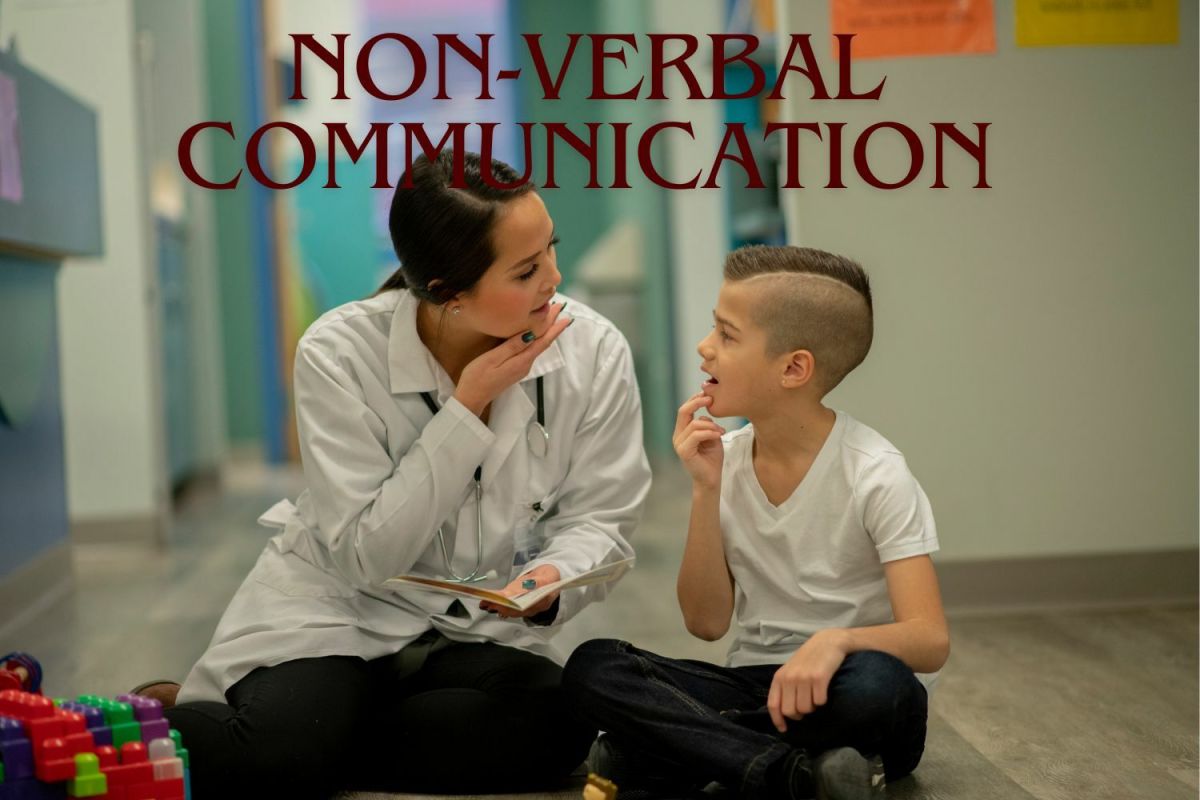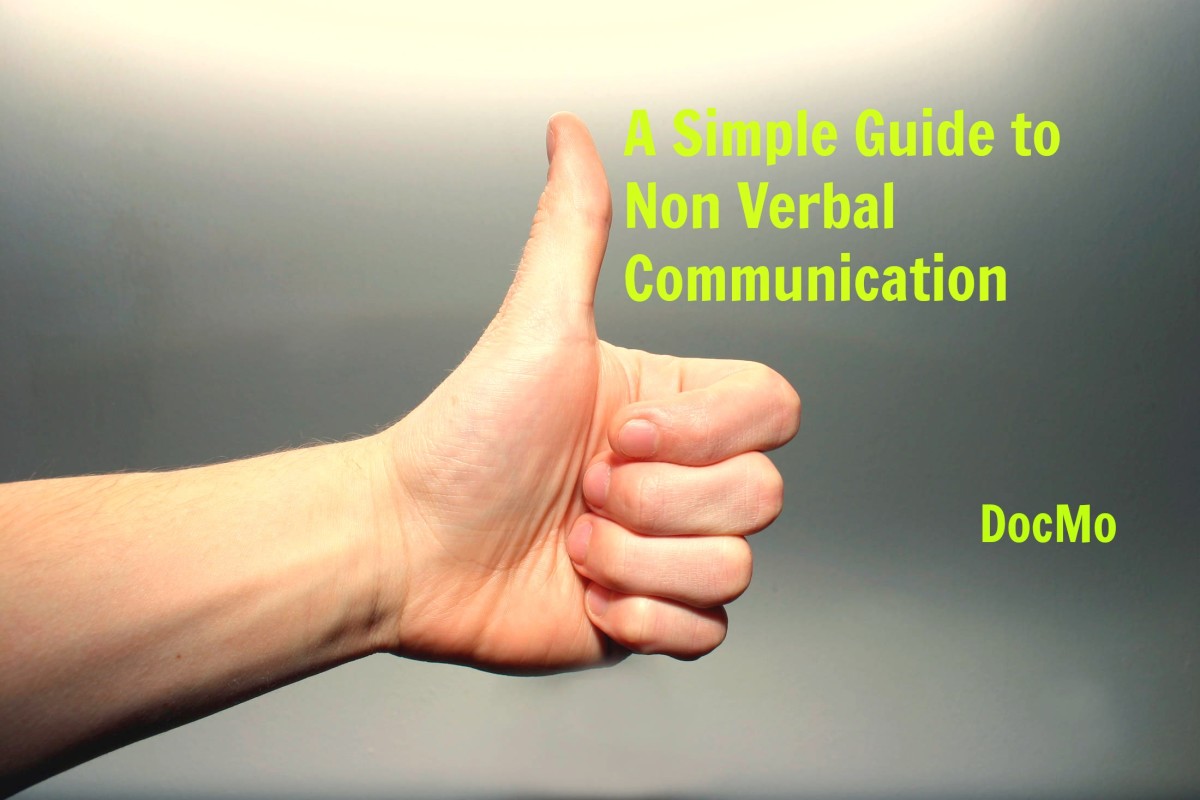Tips On Communicating With The Deaf
Quick Tips
- Some words are almost alike in the way they are signed, such as sit and train,or coffee and make, so proper recognition is needed in order to receive the correct message. If one is unsure what the sign means, do request for the word to be spelt manually.
- Words that denote expressions of feelings, emotions, or sensations, for example hate, like, feel, taste, and pity, are usually signed with the middle finger(s) leading the motions.
In our walks of life, we may have met or probably will encounter a hearing impaired person, and the desire to converse with one another is curtailed due to our lack of knowledge in sign language; hence, conversation is restricted to pen and paper, and at times situations get a little awkward.
Attaining a basic knowledge of sign language is beneficial in that it positions one to be capable of embarking on an interaction that bridges the exchange of thoughts between two different cultures: Deaf and Hearing. One doesn't have to acquire a complete education in sign language if one has not the time or the interest, but a general comprehension of the Deaf language and culture is both helpful and useful. Many local community centres are offering basic sign language courses, so one might perhaps consider enrolling for them. Although the number of signs one obtains in basic courses isn't extensive for one to pull though an entire day's conversation, it is at least sufficient enough to participate in simple deaf communications in a chance encounter with a hearing impaired or a hangout that includes a few Deaf friends. Using their language to communicate with them shows them that one takes the initiative to embrace and appreciate their culture.
Just as the swiftness of our lips leave puzzled expressions on the Deafs' faces, the graceful celerity of the signers' hands leaves us clueless. But sign language has an aspect which makes it unique: it incorporates a huge amount of facial expressions and vivacious body movements to convey feelings and emotions precisely, which I find very refreshing. So below are some of my insights of the Deaf culture which I gained during a basic sign language course I took about a couple of months back, and not a sign language manual or an article about the Deaf community. Hopefully my readers will find them useful.






































Manual Alphabets
The most important and needed sign language is the manual alphabets. As most of us do not learn or know all the vocabularies in the sign language dictionary, knowledge of the deaf alphabets are crucial as they facilitate conversations and expressions of ideas when one doesn't know the sign of a particular word; hence, communication between Deaf and Hearing has a bridge though the process may be slow. Besides, finger spelling is also needed to spell names.
Facial Expressions
In the Deaf community, facial expressions speak volumes. Unlike the Hearing who defines the atmosphere of his words though inflections and velocity of his speech, the Deaf uses rigorous expressions to convey a variety of feelings, emotions, and sentiments of his subjects. Even the amount of a specific sensation such as happiness can be evinced in the aggrandizement of the signer's countenance. Perhaps it's time to start practicing your facial muscles, who knows, someday they might come into use.
Greetings
The Deaf's way of acquainting is slightly different from the Hearing's: the approach is getting to know one personally. First question asked would be of one's name, spelled and signed (see Unique Signer's Name below), moving on to other details such as one's age, occupation, family, hobbies, background, and further topics pertaining to the situation. It is a frank world in the Deaf's society though sometimes questions like those may be considered impertinent or uncivil in the Hearing circle when one usually does not disclosed much information about one's private life when meeting someone for the first time. So do not feel offended but welcome their kind intentions as their desire to get to know you better.
Getting Attention
When we want to talk to someone or get his attention, we would merely call his name; and if that someone is deaf, naturally we would tap him on the shoulder. But from what I have experienced, do not do that because it would startle him. For us, if someone taps us on the shoulder from behind, we'll hear some sounds of the person moving towards us and it is likely that our name would be called simultaneously. But for someone who can't hear, such sudden contact may be alarming because nothing prepared him to expect it. Simply wave your hand in front of that person to obtain his notice, just as long as it is not directly before his face as that would be impolite.
Unique Signer's Name
One of the uniqueness of sign language is that each signer has his own distinctive signing name. That signing name is designed by the signer himself and it represents something, like perhaps the meaning of his name or his nickname itself.
During introductions, one will spell one's own name using the manual alphabets first, then proceed to one's signing name. This means that a signer introduces his name twice. In the Deaf Community, each person will always be referred to by his signing name unless he does not have one.
Discard the Word 'Sympathy'
The Deaf prefer to be labelled simply as Deaf with a capital D than other terms generally used to associate them with. Never say or tell the Deaf that you pity them; they don't need your sympathy and indubitably don't want any. And of course, it is common sense to never dub a deaf person Deaf and Dumb. There may be a vast disparity in terms and ways of communication between the Deaf and Hearing culture, but so does a similarity exists: the Hearing express themselves verbally through complex motions of the lips, while the Deaf on the other hand, express themselves artfully with the use of intricately, illustrious gestures. Yet both communities view the world and its environments with a similar degree of perception.
One's world, be it silent or not, justifies that as individuals we each deserve to be treated equally and with respect; and are worthy to live, function, enjoy, and pursue our dreams as any other human beings. I hope that you are now prepared and know what to expect when corresponding with the Deaf.

First published on June 10, 2011
- Sign Language - ASL
HandSpeak is the leading sign language online, offering the highest quality ASL dictionary online, grammar, lessons, fingerspelling, Baby Sign, and storytelling. Developed by the most qualified ASL natives online. - ASLPro.com Home
ASL Pro is a completely free online ASL educational resource website featuring over 11,000 ASL Signs

